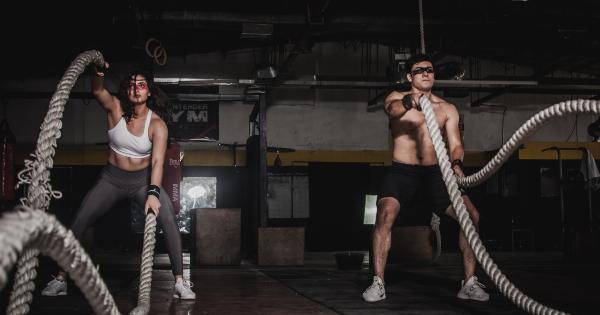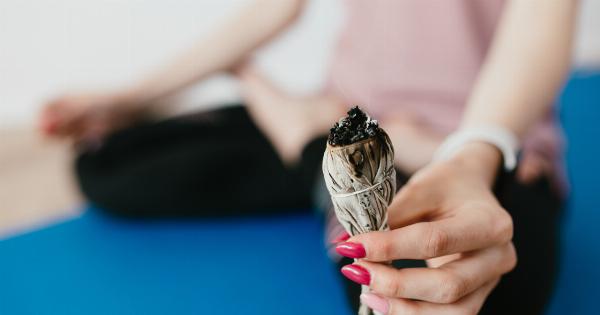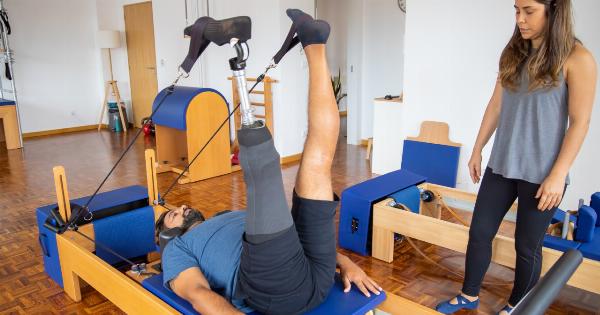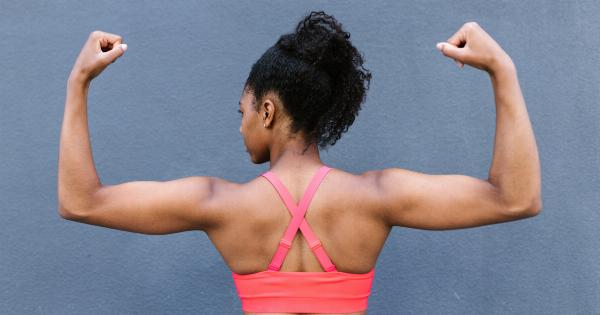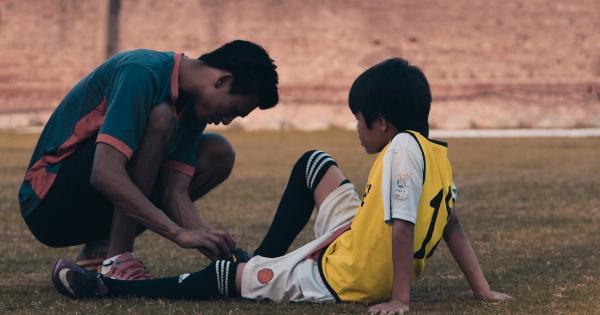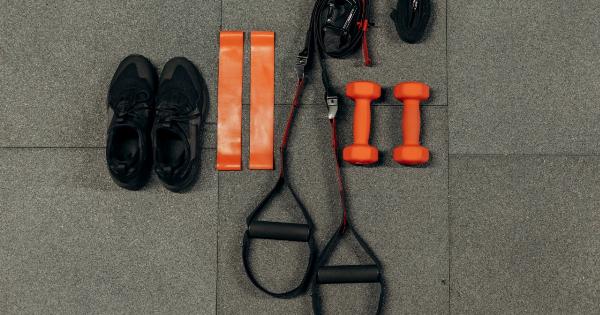As teenagers grow and develop, it is crucial for them to engage in regular physical activity to support optimal bone health.
Adolescence is a critical period for bone development and attaining peak bone mass, which serves as a foundation for bone health throughout life. Engaging in teen exercise programs designed specifically to build strong bones can help combat the risks of osteoporosis later in life.
This article explores the importance of exercise for teenagers and highlights some effective exercise programs for building strong bones.
Understanding Osteoporosis and its Risks
Osteoporosis is a medical condition characterized by weakened and brittle bones, making them more prone to fractures and breaks.
It is often associated with older adults, but the foundation for bone health and the risks of osteoporosis are established during adolescence. Peak bone mass, which refers to the maximum amount of bone a person has at any given time, is typically reached during young adulthood. Adolescence, particularly between the ages of 12 and 18, is crucial for attaining optimal peak bone mass.
Failure to attain sufficient peak bone mass during adolescence increases the risk of developing osteoporosis later in life. This condition affects both males and females, but females are at a higher risk due to hormonal changes during menopause.
Additionally, individuals with a family history of osteoporosis, poor nutrition, sedentary lifestyle, and certain medical conditions may also be at an increased risk. Therefore, it is important to implement effective exercise programs during the teenage years to build strong bones and minimize the risk of osteoporosis.
Importance of Exercise for Teenagers
Exercise plays a crucial role in the development and maintenance of healthy bones, muscles, and joints.
Regular physical activity during adolescence can help increase bone density, strengthen muscles, improve joint health, and enhance overall physical fitness. Engaging in a variety of weight-bearing and muscle-strengthening exercises can have a positive impact on bone health.
Furthermore, exercise during the teenage years can help establish lifelong habits for maintaining an active lifestyle, thereby reducing the risk of sedentary behavior and associated health problems in adulthood.
Effective Teen Exercise Programs for Building Strong Bones
1. Weight-Bearing Exercises:.
Weight-bearing exercises involve moving against gravity while supporting your body weight. These activities help stimulate bone cells and promote bone formation. Some effective weight-bearing exercises for teenagers include:.
– Running or jogging
– Dancing
– Jumping rope
– Stair climbing
– Team sports like basketball, soccer, and volleyball.
2. Muscle-Strengthening Exercises:.
Strength training exercises involve working against resistance, such as body weight, resistance bands, or weights. These exercises target specific muscle groups and help improve muscle strength and bone health.
Some muscle-strengthening exercises suitable for teenagers include:.
– Bodyweight exercises like push-ups, squats, and lunges
– Resistance band workouts
– Weightlifting (under proper supervision and guidance).
3. High-Impact Activities:.
High-impact activities involve jumping and landing, which can help stimulate bone growth and increase bone density. However, it is important to ensure proper technique and safety precautions to minimize the risk of injury.
Some high-impact activities suitable for teenagers include:.
– Jumping jacks
– Plyometric exercises
– Sports like gymnastics and martial arts.
4. Flexibility and Balance Exercises:.
While flexibility and balance exercises may not directly contribute to bone health, they are important for overall physical fitness and reducing the risk of falls and fractures.
Incorporating exercises like yoga, Pilates, and tai chi can help improve flexibility, balance, and posture.
Tips for a Safe and Effective Teen Exercise Program
1. Start Slowly: Begin with low-intensity exercises and gradually increase the intensity and duration as fitness levels improve.
2. Warm-up and Cool-down: Always begin with a warm-up session to prepare the body for exercise, and end with a cool-down period to promote recovery and flexibility.
3. Proper Technique: Learn and practice proper form and technique for each exercise to minimize the risk of injury and maximize the benefits.
4. Rest and Recovery: Allow for adequate rest and recovery time between exercise sessions to prevent overuse injuries and promote optimal bone remodeling.
5. Stay Hydrated: Drink plenty of water before, during, and after exercise to maintain hydration and support overall health.
6. Seek Professional Guidance: If possible, consult a qualified fitness professional or coach to design a personalized exercise program tailored to individual needs and goals.
Lifestyle Factors for Healthy Bones
In addition to exercise, several lifestyle factors contribute to healthy bones and reduce the risk of osteoporosis. These include:.
1. Adequate Calcium Intake: Ensure sufficient calcium intake through a balanced diet or supplements.
2. Vitamin D: Make sure to get enough vitamin D, which aids calcium absorption. Sun exposure, fortified foods, and supplements can help meet the recommended levels.
3. Healthy Diet: Consume a balanced diet rich in fruits, vegetables, lean proteins, and whole grains to provide essential nutrients for bone health.
4. Avoid Tobacco and Excessive Alcohol: Smoking and excessive alcohol consumption can negatively impact bone health, so it is important to avoid or limit these substances.
Conclusion
Building strong bones during the teenage years is vital for reducing the risks of osteoporosis later in life.
Engaging in dedicated exercise programs that focus on weight-bearing exercises, muscle strengthening, high-impact activities, and flexibility can significantly contribute to optimal bone health. Additionally, adopting a healthy lifestyle that includes proper nutrition, adequate calcium and vitamin D intake, and avoiding harmful habits like smoking and excessive alcohol consumption can further enhance bone strength.
By prioritizing teen exercise programs and incorporating them into a teen’s daily routine, we can equip them with strong bones and reduce the risk factors associated with osteoporosis.





